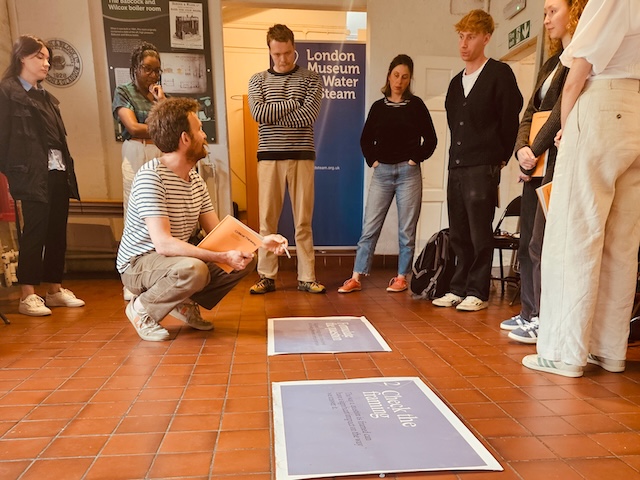In the Three Horizons model, Horizon One is the world that surrounds us — the one that grabs our attention, dominates our habits, and shapes our worldview.
Because it fills our field of vision, Horizon One obscures our view of possible alternative futures.
Earlier this week I wrote about cognitive ease — the brain’s tendency to favour familiar options over ones that require more thinking effort. It’s the easy option of taking the familiar path, rather than the harder work of beating a new one.
Horizons One is the beaten path. It’s the default route; the easy path.
But if we want to move towards a thriving future — one in which our work as designers and builders actually creates life and strengthens our communities and ecosystems — we need to beat a different path. And we need to do it every day.
That takes effort and resourcing.
We need time to reflect. We need time to rest. We need space to notice is what is missing and to dream about what is possible.
And we need the nourishment of living things and the nourishment of community.
Resourcing ourselves can help us resist the daily pull of the familiar. And we can keep searching for paths towards more thriving futures, even when walking down the Horizon One Highway looks like the much easier route.

